
Rethinking Resilience in Business
Written by Keryn James (Group Chief Executive at Environmental Resources Management) and Peter Bakker (President and CEO of the World Business Council for Sustainable Development) for Project Syndicate: https://www.

Written by Keryn James (Group Chief Executive at Environmental Resources Management) and Peter Bakker (President and CEO of the World Business Council for Sustainable Development) for Project Syndicate: https://www.

EWINDO convincing Indonesia Seed Industry Associations to submit a letter to Indonesia National Disaster Management Agency (BNPB), to propose un-hampered logistics for food and agriculture inputs. Supported by the local and central government, with the issuance of a letter from the Bupati of Purwakarta as well as the Ministry of Agriculture, EWINDO will carry out business processes effectively and safely following the Covid-19 security guideline.
EWINDO initiate a fund-raising committee and collect employee donation and company contribution. Donations collected are used to make 2000 PPE for medical personnel in Purwakarta and another EWINDO’s working area, including making and distributing 10,000 masks for employees and related colleagues, as well as farmers in the field, and providing groceries for the surrounding community. To remain employee health condition, Management take an action by providing masker and multivitamins for the employees and their families.
In order to grow and produce short-lived vegetables to be distributed to the community EWINDO distributed 1000 seed pouch to Sekolah Alam Foundation throughout Indonesia. Additional action beside Covid-19 prevention, in collaboration with the local government and health office, EWINDO also carried out Dengue Fever prevention since the cases increased around Purwakarta office
With program “Panah Merah Peduli Aku dan Kamu” EWINDO continues to disseminate and educate the prevention of Covid-19, not only to internal employees, but also to the surrounding community and of course to the farmers. In order to support Covid-19 prevention, EWINDO distributed 200,000 free masks in our seed boxes.
EWINDO conducts self-assessment for employees after the long holiday of Eid Fitri and listed people who travel out of town and do activities in the crowd or public facilities. As follow up of self-assessment, some employees required undergo rapid tests, they are employees who are at risk of exposure to Covid-19, either because they are traveling from the red area of Covid-19 transmission as well as they experience being in a crowd. This rapid test is used as an initial screening for employees to make sure they are entering the company area in a healthy condition. Up to now 30 employees undergo rapid test with Non-Reactive result, means they are healthy and safe to work
Read PT Ewindo report on Covid-19 action here:
https://drive.google.com/file/d/1CL7DNolTa4UbGcK7CwG61EweQXRaDjW5/view?usp=sharing

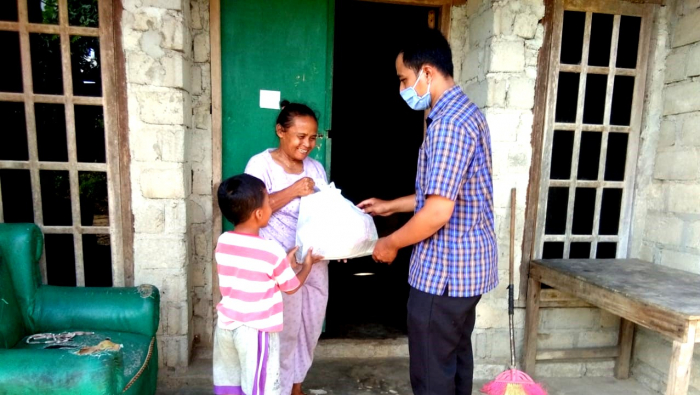
1. Care for BNPB
GGF provides healthy nutrition support for the BNPB task force team. GGF collaborates with its brand to provide Sunpride fruits, Hometown Dairy milk and Duta canned pineapple weekly. In hope that by consuming nutritious food, the task force team is able maintain body immunity to perform their best in the frontline
2. Employee Cares
In dealing with COVID-19, GGF employees took the initiative to raise their funds to be distributed in the form of food packages for people who are socio-economically affected by COVID-19. A total of 7.817 lunch box packages and 300 kg rice at the value of IDR 120,355,000 have been distributed to affected communities in Makassar, Padang, and Jabodetabek areas.
3. Milk for Heroes
As a form of support at the frontline of COVID-19 efforts for the medical personnel. Hometown Dairy brand distributes milk to more than 20,000 doctors, nurses, and medics at 42 hospitals in Greater Jakarta, Surabaya, Medan, and Bandung.
4. Care for Greater Jakarta Community
Sunpride as a fresh fruit brand of GGF in collaboration with Redkendi and Sierad Produce distributed 25,000 health ready to eat packages for the people of Greater Jakarta affected by COVID-19.
5. Care for Lampung Government and Medical Personnel
PT. Great Giant Pineapple as a subsidiary of GGF in Lampung has distributed 131,000 Personal Protective Equipment (PPE) worth IDR 2.7 billion to the Lampung Province Government in order to support the medical officers who are tasked with handling COVID-19.
Since March 2020, the Lampung GGF production site also has supported in donating extra food packages to medical personnel. A total of 393 boxes of Sunpride fruit and 587 liters of Hometown milk have been sent to hospitals for COVID-19 patients of Bandar Lampung, Metro, Kotabumi, Central Lampung, and public health centers throughout Central Lampung.
Previous to the distribution of 131,000 PPEs to the Lampung Province, the Lampung GGF production site has shown commitment to support the government of Central Lampung by distributing 32,900 PPE for government task force and medical officers.
6. Care for Lampung Community
As a form of responsibility to communities affected by COVID-19, the company distributed 2,150 food packages worth IDR 240,000,000 to several areas in Central Lampung, East Lampung, and Gunung Katun.
In addition, the company also has distributed 200 liters of disinfectant, 150 liters of hand sanitizer, 2,500 COVID-19 preventive message in the form of stickers, posters, and banners, and 120 handwashing installations for the people of Central Lampung.
7. GGF Volunteers
As a forum for employee volunteer activities, GGF Volunteers through its fundraising efforts have collected IDR 28,411,900. The donation will be allocated and distributed in form of 200 groceries package consist of rice, noodles, vitamins, coconut oil, to communities around Central Lampung.
Great Giant Foods is the corporate arm of Gunung Sewu Group for food and agricultural products. PT Great Giant Pineapple, PT Great Giant Livestock, PT Umas Jaya Agrotama, PT Bromelain Enzyme, PT Inbio Tani Nusantara, PT Sewu Segar Nusantara, PT Sewu Segar Primatama, PT Nusantara Segar Abadi dan PT Setia Karya Transport are parts of Great Giant Foods business units. Great Giant Foods products are sold under the following brands; Sunpride for fresh fruit produce, Bonanza for protein products, Re.juve for cold-pressed juice, Hometown Dairy for dairy products and Cap Kodok for tapioca starch.

2. Donation of hygiene and personal care products
A total of 673,000 units of personal care products including face wash, shampoo, and moisturizer will be distributed through the National Agency of Drug and Food Control (BPOM), non-profit organizations such as DoctorSHARE and PEKKA, as well as though the Jababeka Industrial Estate where L’Oréal factory is located.
3. Providing grants for COVID-19 research in Indonesia
Research grant will be allocated to Eijkman Institute for Molecular Biology to support research on the whole genome sequencing of COVID-19 in Indonesia. This research is an initial step toward the development of COVID-19 vaccine that is suitable for Indonesian people through data and sample collection from the SARS-CoV-2 virus.
4. Supporting salon business partners
As solidarity to our business partners, the company provides safety and hygiene training, support them to implement social commerce by selling retail product and distributes alcohol-based hand sanitizer. These efforts are aimed to help small and medium salon partners to revive their business post pandemic period.
5. Module and online class #safetogther
In order to ensure that all Group employees are aware of these new measures before they return to their workplace, L’Oréal has developed a dedicated e-learning program, #safetogether, Created in house and in record time, this module will help all employees understand and adopt the new measures that will protect them and their colleagues on a daily basis. In order to enable as many people as possible to benefit from this e-learning, L’Oréal has made a version of this module available for the general public via https://together.na.
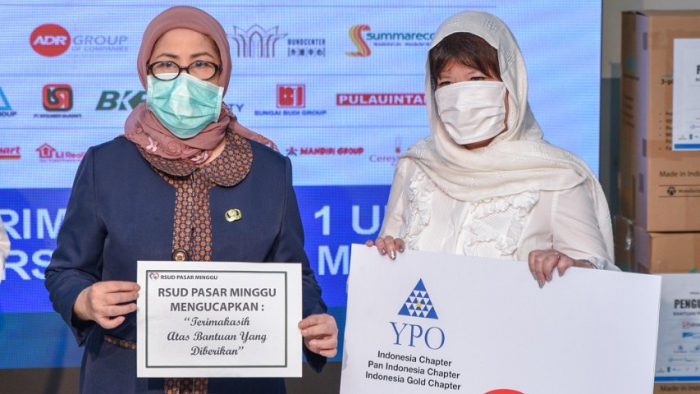
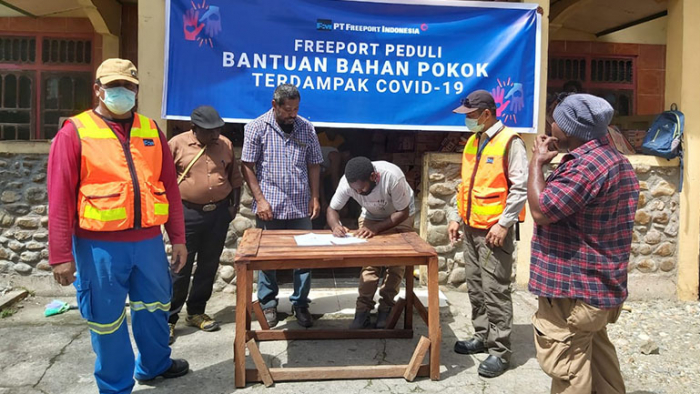
In addition to providing food for the community, PT Freeport Indonesia through the Amungme and Kamoro Community Empowerment Foundation (YPMAK) has also provided COVID-19 handling assistance to the Mimika Regency Government, Papua Province and the Central Government. PT Freeport Indonesia provided Rp 2 billion in assistance to the Mimika Regional Government as support to prevent the spread of Covid-19 in Mimika. Not only that, YPMAK also provided equipment in the form of 39 disinfectants, 48 spray machines, 100 boxes masks and protective clothing and shoes.
Previously, PT Freeport Indonesia had also been socializing prevention of transmission and spread of COVID-19. The socialization to the Kamoro community carried out since the end of March 2020 was focused on five villages in the Kamora, Ajkwa, Mawati and Minajerwi (DASKAMM) watersheds at the RT / TW unit level. On this occasion, PTFI also distributed sterilizing fluids, masks and soap for washing hands and bathing to the local community
Responding to the development of the global pandemic COVID-19, PT Freeport Indonesia (PTFI) has also moved quickly from the beginning by taking steps to protect the workforce and the community from potential sources of transmission of the virus, by limiting all trips to Timika, and areas the PTFI project, and limit the movement of personnel from the lowlands to the Highlands.
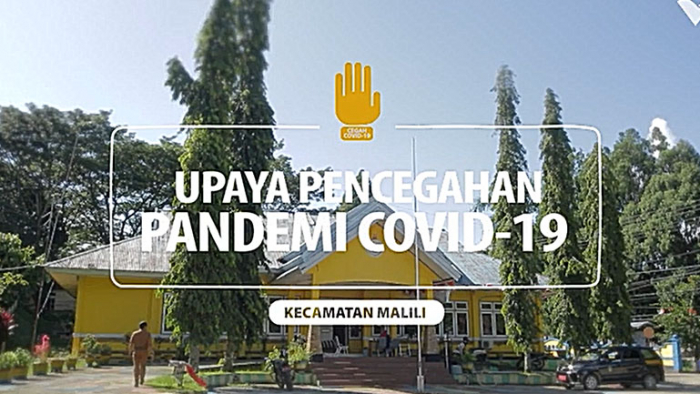
Since the beginning of March 2020, PT Vale Indonesia have taken several precautions, including:
At present the district government has also begun to aim to close or restrict access in and out of the district. PT Vale continues to collaborate with various parties to jointly prevent the spread of COVID-19. You may check more than dozen of PT Vales Indonesia’s initiatives and collaboration in coping the situation caused by COVID-19 on their youtube: https://www.youtube.com/
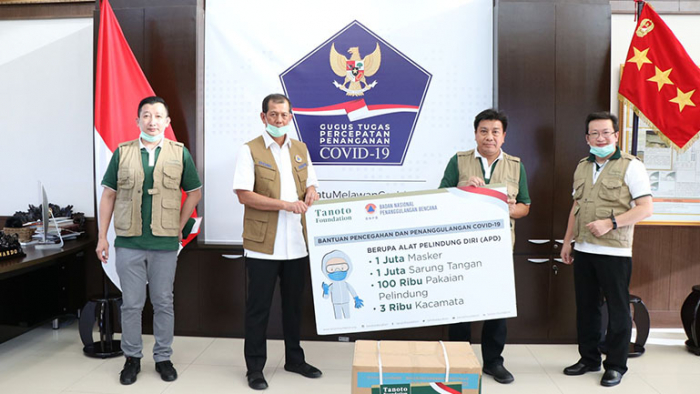
APRIL Group responded to the Indonesian government’s request for vital equipment to fight COVID-19 by donating 1 Million medical masks, 1 Millionsurgical gloves, 100,000 PPE gowns, & 3,000 safety goggles.
Learn more here